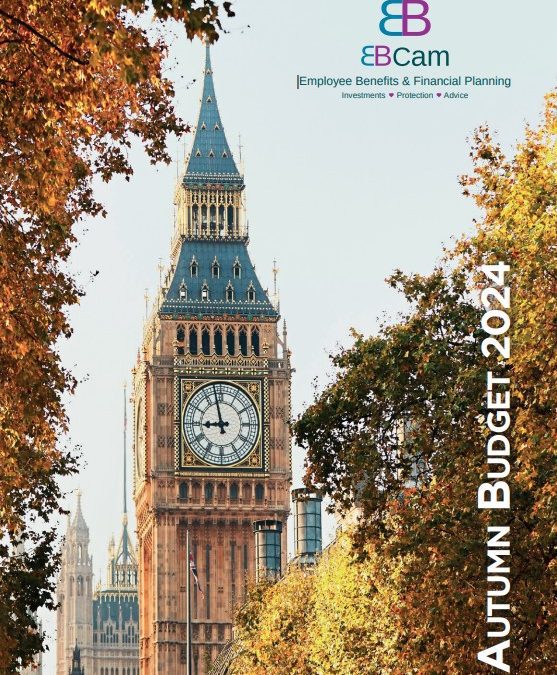In presenting Labour’s widely anticipated first Budget in 14 years, the Chancellor, Rachel Reeves, was faced with a challenging task. Following her announcement of a “black hole” in the public finances, the need to renew the Treasury’s coffers while maintaining Labour’s manifesto promises seemed a tall order.
In the event Ms Reeves outlined a programme of around £41 billion worth of tax increases over the next five years, alongside plans to rebuild tottering infrastructure, the health service, schools and more. Any idea of a return to austerity was quashed, but how this will be achieved is very much in the detail.
Among the key headline items were:
- The main rate of class 1 employer national insurance contribution (NIC) will be increased from 13.8% to 15% from 6 April 2025
- The secondary threshold at which employer NICs are payable will be reduced from £9,100 to £5,000
- Main rates of capital gains tax increases with immediate effect to 18% for non and basic rate taxpayers and 24% for higher and additional rate taxpayers.
- Inheritance tax (IHT) business and agricultural reliefs will be capped at a total of £1 million from April 2026
- Unused pension funds and death benefits will be included as part of an individual’s estate for IHT purposes from April 2027
- The additional SDLT charge for second homes and buy-to-let properties increases from 3% to 5% from 31 October 2024
- VAT of 20% will be applied to private school and boarding fees from 1 January 2025, while the charitable relief for English business rates will be withdrawn from 1 April 2025
- ISAs, Junior ISAs and Lifetime ISA limits will remain frozen until April 2030
- Fuel duty rates for 2025/26 will remain frozen and alcohol rates on certain draught beers will be cut.
As ever the Budget publications contained a wide range of detailed proposals and much to digest. If you would like a copy of our budget summary or have any questions about what you should do next, please get in touch.

